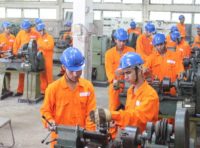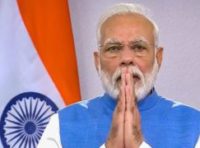India is a resourceful country, both in terms of natural resources and manpower. With a population of nearly 133.29 crores, there is plenty of labour, especially skilled labour, in the country. While Asia is developing as the global outsourcing hub, India aims to become the preferred manufacturing destination for investors worldwide.
Introduction
Make in India scheme was launched in September 2014 by Prime Minister Narendra Modi with the goal of transforming India into a global designing and manufacturing hub. The scheme enables domestic and global investors to turn populous India into a manufacturing hub and create job opportunities.
Vision
Through the Make in India scheme, the government of India aims to increase and widen the growth of the manufacturing sector by 12%–14% annually. Moreover, the scheme envisions to increase Gross Domestic Product from 16% to 25% by 2022 and create 100 million recruitment opportunities in the manufacturing sector.
Other achievable targets
- Generating appropriate growth-orientated skill sets among rural migrants and urban poor masses
- Amplifying domestic value addition and technological depth in the manufacturing sector
- Taking India’s manufacturing sector among global competitors
- Ensuring sustainability of growth, particularly in environment aspects
Sectors covered
The government of India has recognized 25 priority manufacturing sectors wherein foreign direct investment is the highest. The sectors are as follows:
Automobiles and components, aviation, biotechnology, chemicals, construction, defence manufacturing, electrical machinery and systems, food processing, renewable energy, IT and BPM, roads and highways, leather space, media and entertainment, textiles and garments, mining and thermal power, oil and gas, tourism and hospitality, pharmaceuticals and wellness, ports, and railways.
Owing to the progress of the Make in India scheme, it is expected that by 2020, India will be globally ranked as the third largest and strongest economy and manufacturing destination from investors worldwide.


![[Apply] MEITY Cyber Surakshit Bharat Training Calendar, Course List, Online Nomination Process, Registration Dates | Digital India Training Management Information System](https://sarkariyojanas.com/wp-content/uploads/2021/07/Cyber-Surakshit-Bharat-840x560.jpg)





